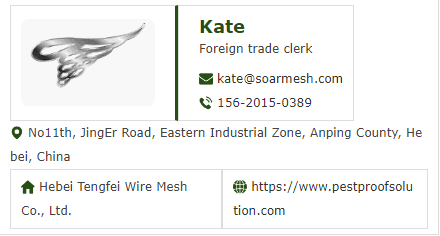Bird-proofing solar panels is crucial for several reasons, particularly when homeowners have made significant investments in solar energy systems. Here’s why:
- Prevents Bird Nesting: Solar panels, especially those on pitched roofs, create a gap between the roof slope and the panels, providing an ideal nesting area for pest birds. During cooler seasons, these panels offer warmth and shelter to pigeons and rodents, encouraging them to build nests and breed. Without bird-proofing measures, these birds can multiply rapidly, leading to potential pest infestations.
- Prevents Damage and Fire Hazards: Bird nesting under panels can cause damage to inverter electrical wiring, posing both electrical and fire hazards. Additionally, bird activity around panels during the day can result in droppings accumulating on the panels, significantly reducing their efficiency. This accumulation not only affects the performance of the panels but also increases the risk of fire and damage to electrical components.
- Maintains Productivity and Output: In many domestic solar systems, particularly in Australia, panels are connected in series before being fed into a central inverter. This means that if one panel is shaded or covered with bird droppings, its output decreases, affecting the entire system’s productivity. To ensure the system operates at its full potential, it’s crucial to keep all panels clean and free from droppings or debris, maximizing overall output.
By bird-proofing solar panels, homeowners can protect their investment, maintain system efficiency, and mitigate potential hazards associated with bird activity.
To effectively bird-proof solar panels and prevent nesting pigeons, it’s essential to seal off all potential entry points beneath the panels without causing any damage that could void the warranty. Therefore, methods involving screws or glue to attach deterrents like mesh are not recommended.
One common approach involves using a kit containing PVC-coated wire mesh to enclose the perimeter of the panel array. This mesh is affixed using fastening rods that clip onto the L bracket of the panel’s underside frame and are securely tightened with fastening discs. While DIY options like chicken wire and zip ties are available, specifically designed clips offer a simpler, faster, and more secure installation process.
When selecting products, consider factors such as durability, ease of installation, and the security of fasteners. Mesh and fasteners should withstand UV exposure, with fastening rods penetrating the mesh to hook onto the frame securely. Ensure that fastening discs are resistant to sliding off in windy conditions or when subjected to pressure from nesting pigeons.
Some products may use galvanized steel, which can corrode over time, potentially leading to rust leaching onto the roof. Additionally, certain brands may employ metal I hooks with metal discs over nylon fasteners, but these may not fasten securely, especially in windy conditions. UV-protected nylon fasteners tend to outperform metal hooks, remaining tight even in strong winds.
To install the solar mesh, measure the total perimeter of the solar panel array and roll out the mesh section by section, aligning the top edge of the mesh along the side of the solar panel. Allow the mesh to curve and extend along the roof to prevent rodents and birds from pushing through. Insert fastening rods every 30 to 40 cm along the underside of the solar panel frame, hooking onto the panel frame and attaching fastening discs securely. When navigating corners, make small relief cuts at the bottom of the mesh to facilitate proper installation.
Post time: Feb-22-2024


